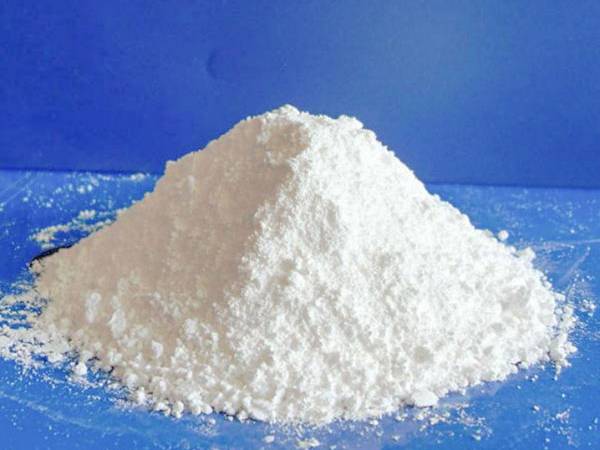



Steps for Adding Sodium Bisulfate to Your Swimming Pool Water
How to Add Sodium Bisulfate to Your Pool
Maintaining a well-balanced pool is essential for ensuring that your swimming experience remains safe and enjoyable. One key aspect of pool maintenance is managing the pH level of the water. If your pool water has a high pH—above 7.8—it can lead to various issues, including cloudy water, scaling on surfaces, and reduced effectiveness of chlorine. Sodium bisulfate, often sold as a granular acid or pH decreaser, is an effective solution for lowering pH levels in your pool. Here’s a step-by-step guide on how to properly add sodium bisulfate to your pool.
Step 1 Test the Water
Before adding sodium bisulfate, it’s crucial to test your pool water's pH using a reliable pool testing kit. Aim for a pH range of 7.2 to 7.6 for optimal swimming conditions. If your test shows a pH level above 7.8, it's time to take action with sodium bisulfate.
Step 2 Gather Your Supplies
You’ll need the following items - Sodium bisulfate (granular form) - A bucket or container for mixing - A stirring tool (like a stick or a long-handled brush) - Safety equipment, such as gloves and goggles - A water test kit for continuous monitoring
Step 3 Calculate the Dosage
Refer to the product instructions on the sodium bisulfate package for dosage recommendations, which usually specify how much to add based on your pool's size and current pH level. A general guideline is to add about 1 pound of sodium bisulfate per 10,000 gallons of water to lower the pH by about 0.2.
how to add sodium bisulfate to pool

Step 4 Dilute the Sodium Bisulfate
To ensure even distribution and prevent damage to your pool surfaces, it is advisable to dissolve the sodium bisulfate in a bucket of water before adding it to the pool. Add the recommended amount of sodium bisulfate to the bucket and mix thoroughly until it is fully dissolved.
Step 5 Add to the Pool
With the solution ready, slowly pour it into your pool water, ideally near the skimmer or the deep end, where water circulation is strongest. Avoid pouring it directly onto any pool surfaces, as this can cause damage or staining.
Step 6 Circulate and Retest
After adding the sodium bisulfate, keep the pool pump running for at least 24 hours to ensure thorough mixing. After this period, retest the water to check the pH level. Repeat the dosage if the pH is still above the desired range, but be cautious not to add too much at once; gradual adjustments are key.
Conclusion
Adding sodium bisulfate to your pool can effectively manage high pH levels, ensuring a safe and enjoyable swimming environment. By following the steps outlined above and regularly testing your water, you can maintain optimal water quality throughout the pool season. Keep your pool sparkling and swimmable by staying vigilant with your chemical management!
-
Why Sodium Persulfate Is Everywhere NowNewsJul.07,2025
-
Why Polyacrylamide Is in High DemandNewsJul.07,2025
-
Understanding Paint Chemicals and Their ApplicationsNewsJul.07,2025
-
Smart Use Of Mining ChemicalsNewsJul.07,2025
-
Practical Uses of Potassium MonopersulfateNewsJul.07,2025
-
Agrochemicals In Real FarmingNewsJul.07,2025
-
Sodium Chlorite Hot UsesNewsJul.01,2025










